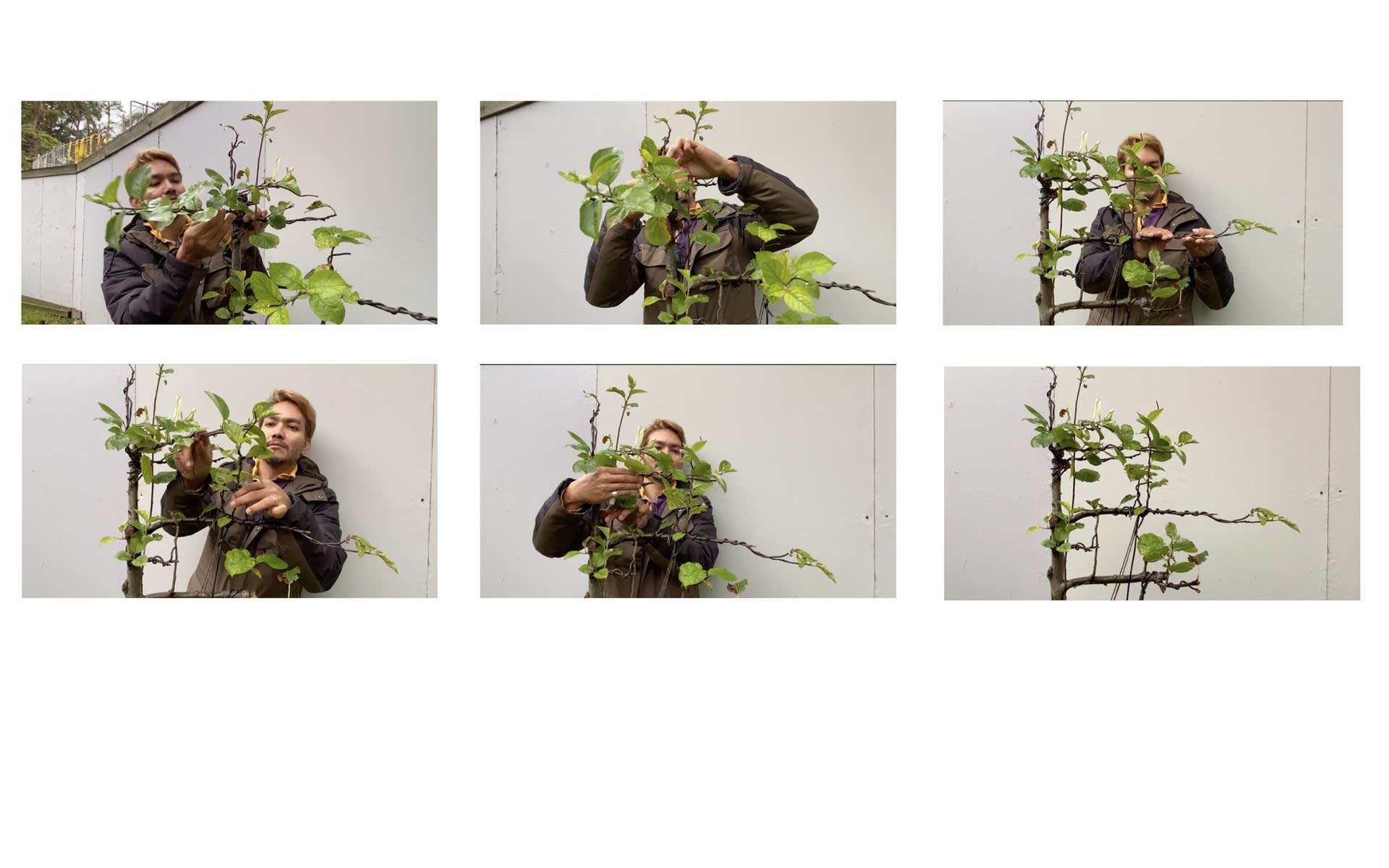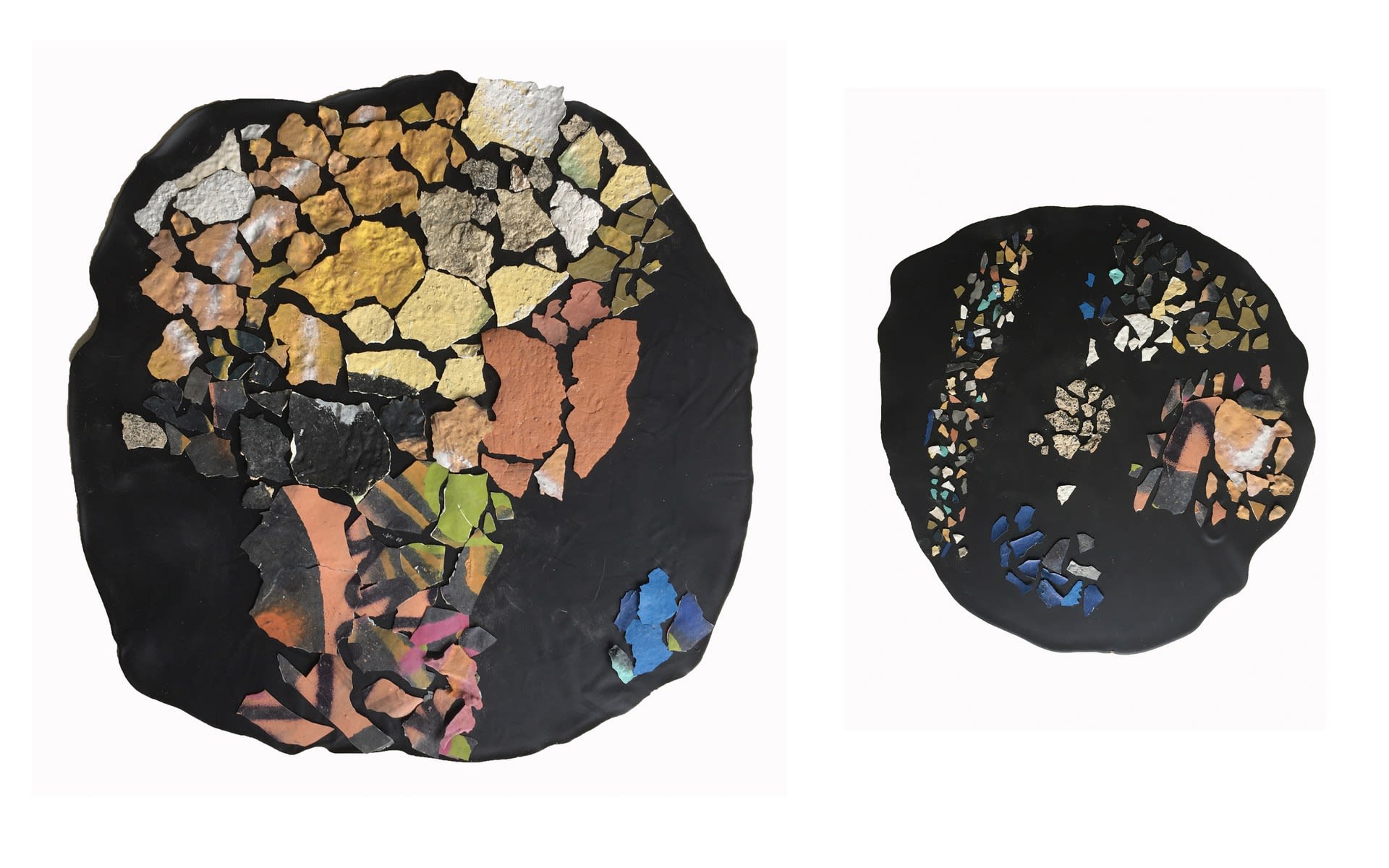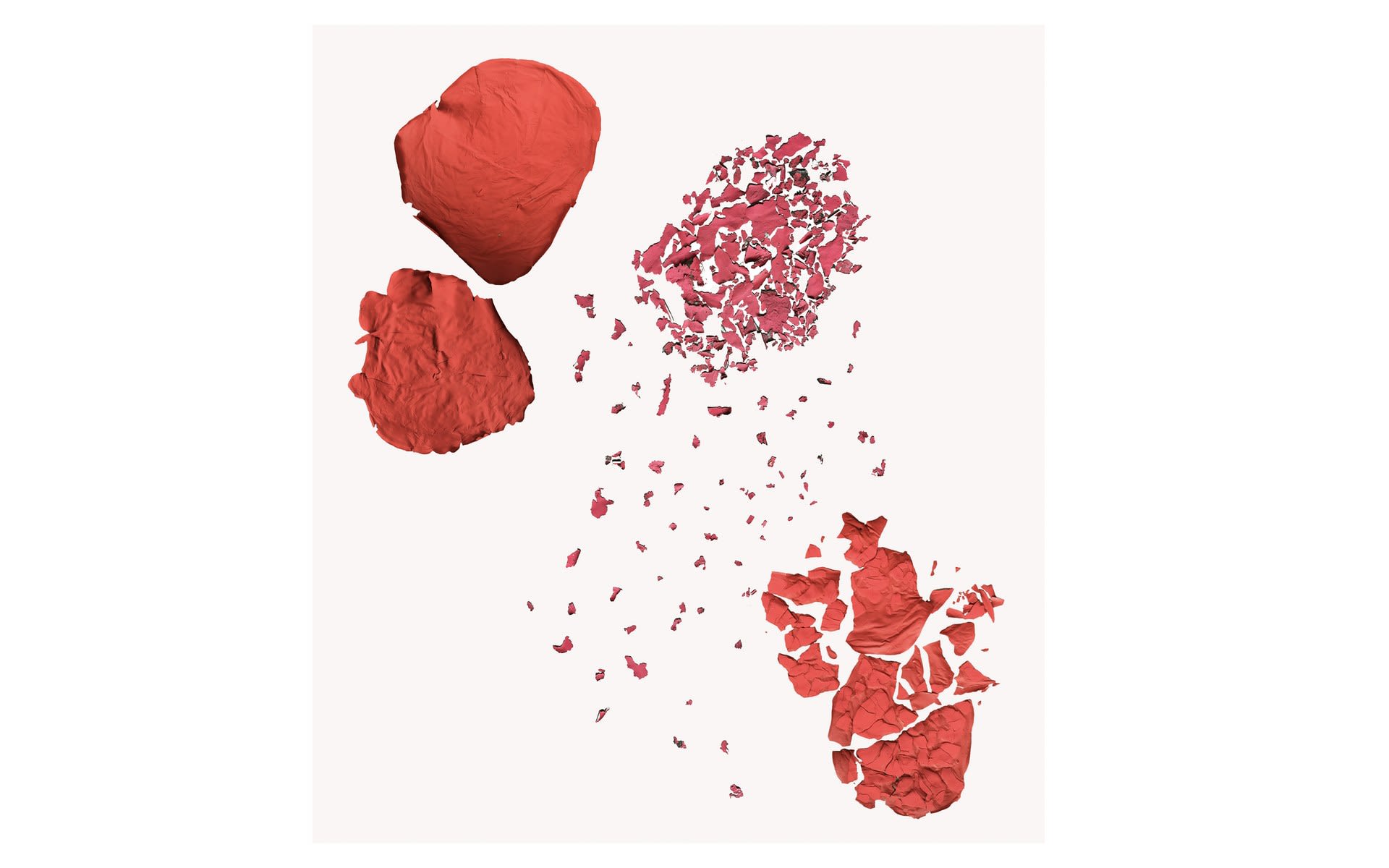My early years were spent in the Colombian Amazon. Much of my current inspiration comes from the complete contrast between the natural environment where I grew up and life in the UK.
Sometimes you can see me in the streets collecting skins of paint from dilapidated walls for my projects or collecting puddles and migrating them from West to East and vice versa, or passing by, walking with my noisy pet made of lots of cans.
Education
MA in Sculpture Royal College of Arts RCA, 2021
Graduate Diploma Art & Design : Fine Art, Royal College of Arts RCA, 2019
BA(Hons) Painting Camberwell College of Arts (UAL), 2015
Awards/Prizes
Mall Galleries - Federation of British Artists, FBA Futures Award – Winner Raw Talent 2015
Invention Award, Pop My Mind Community, 2015
Residencies
Standpoint Gallery – London, “Prick & Stitch Alliance Together It Seams” Royal College of Arts, 2021
Standpoint Gallery – London, “Dirty Hands & Revelations – The Great Oxygenation Event” Royal College of Arts, 2020
DISCTHEART, Private Residency India, 2015
Solo Exhibitions
Celador, Bermondsey Island, “Creator : Wrecker” London (2018) ASC Studios, “Tomedes Open A.R.T. Studio” London (2016) Celador, Bermondsey Island, “SOLO A.R.T.” London (2015)
Group Exhibitions
Standpoing Gallery, “Prick & Stitch Alliance Together It Seams”, London (2021) Southwark Park Galleries 36thAnnual Open Exhibition (online), London (20-21) Standpoing Gallery, “Dirty Hands and Revelations - The Great Oxygenation Event”, London (2020) Royal College of Arts, MA Sculpture WIP Show (2020) Royal College of Arts, “Parenthesis” Graduate Diploma show (2019) London Bridge Hotel OPEN, Southwark Artist Group Show, London(2019) Lomaka Gallery, Affordable Art Fair Hampstead, London (2018) Lomaka Gallery, London (2017) Lubomirov / Angus-Hughes Gallery, “Summer Salon”, London (2016) Lubomirov / Angus-Hugues Gallery “Sixty”, London (2016) New Ashgate Gallery “Rising Stars Exhibition” Farnham (2016) Lalit Kala Art Gallery, Bhubaneswar (2015) Pop My Mind Community, Ipswich (2015) Ministerio de Cultura Colombia - Proyecto Identidad en Circulación, “15th Salon Regional de Artistas Plásticos” Colombia (2015) Hoxton Arch Gallery, “Raw Talent” Selected Artist, London (2015) Camberwell College of Arts, BA Degree Show, London (2015) International Greek Art Fair “Art Athina”, Athens (2015) Art Lacuna Gallery “Quiet Magazine Exhibition”, London (2015) Peckham Platform “Open” London (2014) Brixton Homegrown Art Festival, London (2014) International Greek Art Fair “Art Athina”, Athens (2014) UAL Art Exhibition “FLESH” London Bridge (2014) Southwark Park Galleries, UAL “UNIT” Second Year Degree Show, Camberwell College of Arts, London (2014) Peckham Space “Peckham Open” London (2013) The Flying Dutchman Exhibition, London (2013) Flat Time House, “The Natural Now” London, (2013) University of Arts London, Camberwell, Year 1 Final Show (2013)



![[untitled]](https://res.cloudinary.com/rca2020/image/upload/f_auto,h_1312,w_1920,c_fill,g_auto,q_auto/v1/rca2021/60c36fdaa98c7847e5ebfab3-303305?_a=AXAH4S10)
![[untitled]](https://res.cloudinary.com/rca2020/image/upload/f_auto,h_1309,w_1920,c_fill,g_auto,q_auto/v1/rca2021/60c36fdaa98c7847e5ebfab3-216282?_a=AXAH4S10)



![[untitled]](https://res.cloudinary.com/rca2020/image/upload/f_auto,h_1200,w_1920,c_fill,g_auto,q_auto/v1/rca2021/60c36fdaa98c7847e5ebfab3-279323?_a=AXAH4S10)
![[untitled]](https://res.cloudinary.com/rca2020/image/upload/f_auto,h_1200,w_1920,c_fill,g_auto,q_auto/v1/rca2021/60c36fdaa98c7847e5ebfab3-294768?_a=AXAH4S10)

![[untitled]](https://res.cloudinary.com/rca2020/image/upload/f_auto,h_1200,w_1920,c_fill,g_auto,q_auto/v1/rca2021/60c377bda98c7847e5ef87ec-551954?_a=AXAH4S10)




![[untitled]](https://res.cloudinary.com/rca2020/image/upload/f_auto,h_1340,w_1920,c_fill,g_auto,q_auto/v1/rca2021/60c37ec7a98c7847e5f2d98d-968663?_a=AXAH4S10)
